Creating Roasted Pumpkin Puree: A Simple and Delicious Alternative to Canned Pumpkin Puree, Perfect for Homemade Pumpkin Pie!
Unlocking Autumn’s Flavors: Beyond Pie, Embrace the Versatility of Homemade Pumpkin Purée. Ditch the Canned Version for Superior Taste in Your Fall Recipes. Consider adding a Hint of Olive Oil and a Pinch of Kosher Salt for Enhanced Flavor, Though Optional.
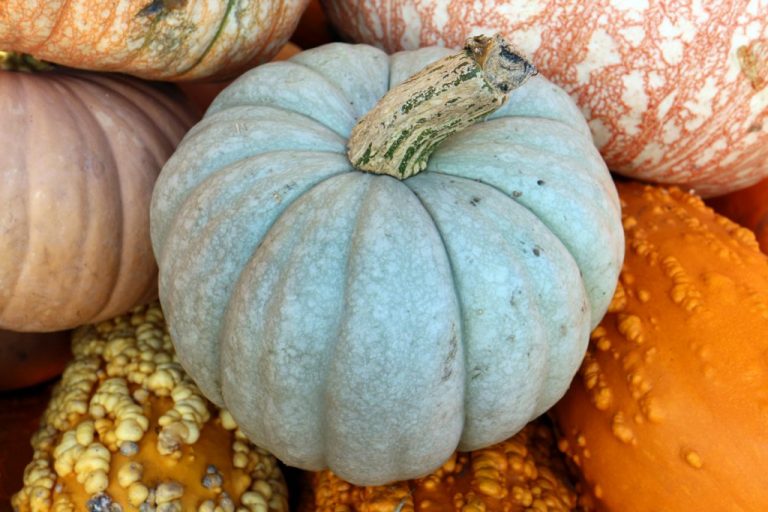
Roasting Enhances Pumpkin Flavor and Reduces Moisture, Resulting in a More Intense Taste Compared to Canned Varieties. Rest Assured, Your Baked Treats Will Remain Moist and Tender Despite the Reduction in Moisture Content.
carte du jour
ToggleCanned Pumpkin vs. Pumpkin Pie Filling: Understanding the Differences
- Pumpkin Puree: Also known as canned pumpkin it’s cooked pumpkin with no additional flavorings. This is pumpkin in its purest form in the grocer, unless you are making your own like we are here.
- Pumpkin Pie Filling: Canned pumpkin sweetened and flavored with a variety of spices such as allspice, ginger, cloves, and cinnamon. It’s the fast method of creating a pumpkin pie.
Are Pumpkins Fruit? Exploring the Versatile Gourd
Yes, pumpkins are indeed fruit! While they are commonly thought of as vegetables due to their culinary uses in savory dishes, pumpkins belong to the botanical category of fruit. Specifically, they are classified as a type of fruit known as a “pepo,” which is a fleshy fruit with a hard rind derived from an inferior ovary.
Here are some key points about pumpkins:
Botanical Classification: Pumpkins are members of the Cucurbitaceae family, which also includes cucumbers, squash, and melons. From a botanical standpoint, any plant that develops from the flowering part of a plant and contains seeds is considered a fruit, and pumpkins fit this criteria.
Culinary Uses: Pumpkins are incredibly versatile in the kitchen and are used in a wide range of culinary applications. They can be roasted, pureed, baked, or boiled, and are commonly used in dishes such as pumpkin pie, pumpkin soup, pumpkin bread, and pumpkin spice lattes.
Nutritional Benefits: Pumpkins are nutrient-dense and offer several health benefits. They are rich in vitamins A and C, as well as potassium, fiber, and antioxidants. The vibrant orange color of pumpkins indicates the presence of beta-carotene, a precursor to vitamin A, which is important for eye health and immune function.
Seasonality: Pumpkins are typically associated with the fall season, particularly in the months leading up to Halloween and Thanksgiving. They are often used as decorative items, carved into jack-o’-lanterns for Halloween, and incorporated into seasonal dishes during the autumn months.
Cultivation: Pumpkins are native to North America and have been cultivated for thousands of years by indigenous peoples. Today, they are grown in many regions of the world and are widely available in various shapes, sizes, and varieties, ranging from small decorative pumpkins to large, ribbed varieties used for cooking.
Overall, pumpkins are not only a symbol of the fall season but also a nutritious and versatile ingredient that adds flavor and vibrancy to a wide range of dishes. Whether enjoyed in sweet or savory recipes, pumpkins continue to hold a special place in culinary traditions around the world.
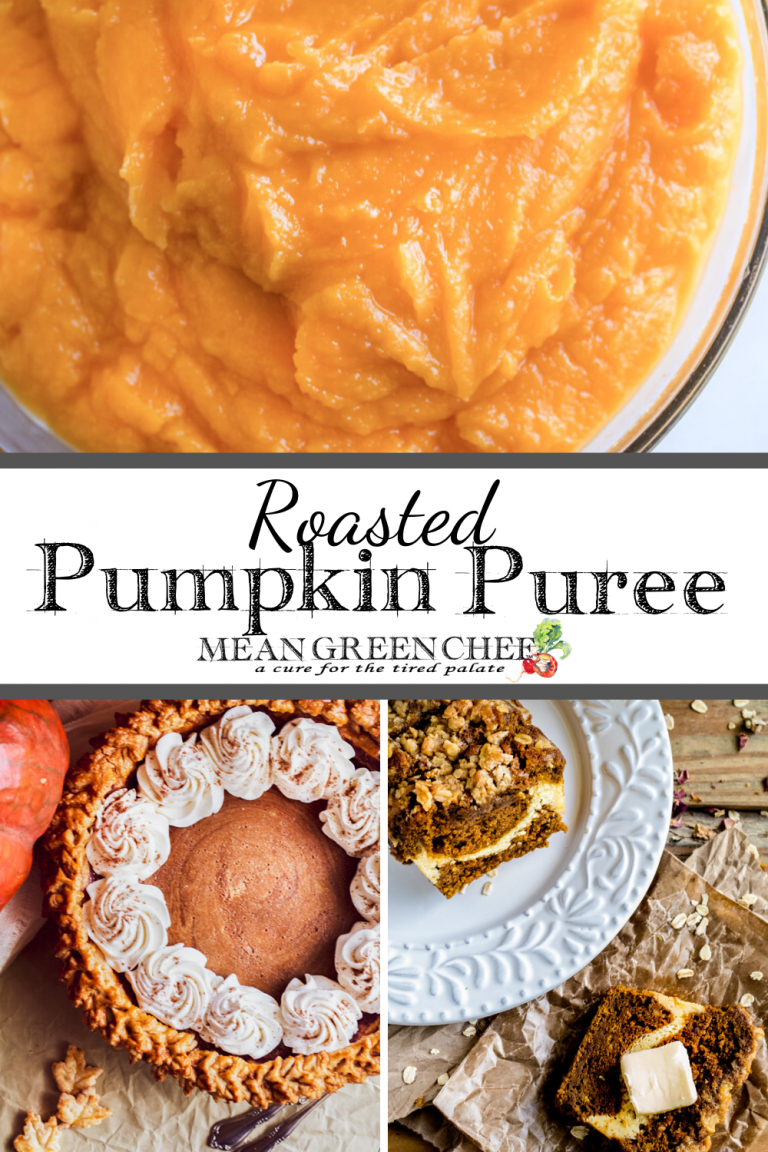
Roasting Possibilities: Can Jack-O'-Lantern Pumpkins Be Roasted?
Yes, Jack-O’-Lantern pumpkins can indeed be roasted! While these pumpkins are typically associated with carving for Halloween decorations, they can also be roasted and used in various culinary applications. Despite their larger size and sometimes less sweet flavor compared to smaller cooking pumpkins, Jack-O’-Lantern pumpkins can still be roasted and used in dishes like soups, purees, pies, and more. Roasting can help bring out their natural sweetness and enhance their flavor, making them a versatile option beyond just decorative use.
And let’s not forget that the seeds can also be roasted to make delicious snacks!
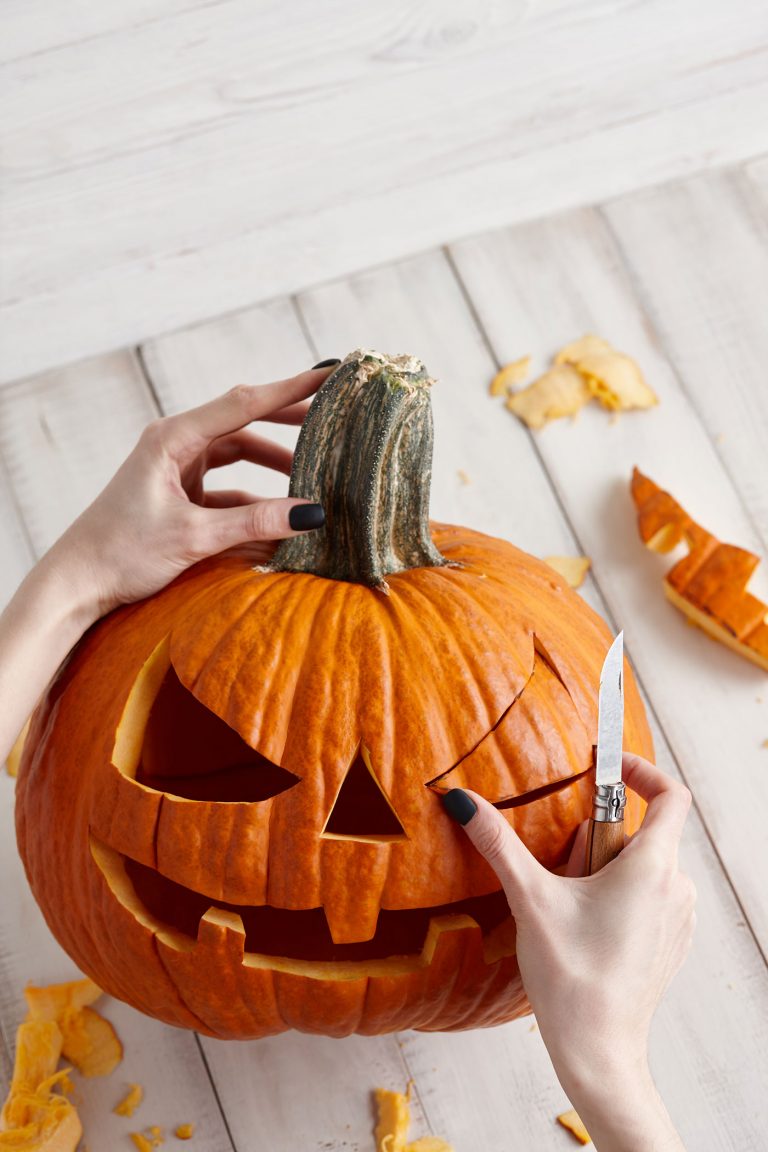
Origins of Pumpkin Carving: A Tradition Steeped in History
Pumpkin carving, as we know it today, has its roots in ancient Celtic traditions, particularly the festival of Samhain (pronounced “sow-in”). Samhain was a Gaelic festival marking the end of the harvest season and the beginning of winter, celebrated on October 31st. During this festival, the Celts would carve turnips and other root vegetables, hollowing them out and placing candles inside to ward off evil spirits.
When Irish immigrants brought this tradition to North America in the 19th century, they found that pumpkins, with their larger size and easier carving compared to turnips, were readily available and better suited for the practice. Thus, the tradition of pumpkin carving as part of Halloween festivities was born.
Over time, pumpkin carving evolved from a simple means of protection against malevolent spirits to a popular form of artistic expression and a beloved Halloween tradition. Today, pumpkin carving is a widespread practice, with people of all ages eagerly carving intricate designs, spooky faces, and creative patterns into pumpkins to adorn their homes and celebrate the spirit of Halloween.
Choosing the Perfect Pumpkin for Roasting and Recipes
When it comes to selecting pumpkins for roasting and recipes, not all varieties are created equal. Here are some top picks for pumpkins that excel in both flavor and texture:
Sugar Pie Pumpkins (also known as Pie Pumpkins or Baking Pumpkins): These smaller pumpkins are prized for their sweet, creamy flesh and are ideal for roasting and cooking. They have a smooth texture and rich flavor, making them perfect for pumpkin pies, soups, purees, and other culinary creations.
Kabocha Squash (Japanese Pumpkin): While technically a type of winter squash, Kabocha squash shares many similarities with pumpkins and can be used interchangeably in recipes. It has a sweet, nutty flavor and dense, creamy flesh that roasts beautifully. Kabocha squash is excellent for soups, stews, curries, and roasted vegetable dishes.
Butternut Squash: Another winter squash variety, butternut squash is known for its vibrant orange flesh and sweet, nutty flavor. It is versatile and can be roasted, pureed, or used in both sweet and savory dishes. Butternut squash works well in soups, risottos, salads, and baked goods.
Cinderella Pumpkins (Rouge vif d’Etampes): Named for their resemblance to the pumpkin carriage in the Cinderella fairy tale, these pumpkins have a striking reddish-orange color and sweet, flavorful flesh. They are excellent for roasting, baking, and making pumpkin puree for pies, muffins, and other treats.
Long Island Cheese Pumpkins: With their flattened shape and tan-colored skin, Long Island Cheese pumpkins are prized for their dense, sweet flesh and rich flavor. They are perfect for roasting, baking, and making homemade pumpkin puree for pies, custards, and desserts.
When selecting pumpkins for roasting and recipes, look for varieties that are labeled as “pie pumpkins,” “sugar pumpkins,” or “baking pumpkins.” These smaller pumpkins are typically sweeter, less watery, and more flavorful than larger carving pumpkins, making them the perfect choice for cooking and baking.

How Heavy Do Sugar Pumpkins Weigh?
Small Sugar Pumpkins (aka Pie Pumpkins) are round, flattened at the top and bottom, and have a strong, smooth deep orange rind with moderate ribbing. They grow to be 8-10 inches (20-25 cm wide) and weigh 4-10 pounds (2.7-4 ½ kg).
How Much Pumpkin Purée Will a Pumpkin Make?
Here is how to calculate How Many Pumpkins are in a cup.
- 1 Pound (500grams) of Fresh Whole Pumpkin = approximately 1 cup (250 grams) of Roasted Pumpkin Puree.
- 5 pounds of Fresh Pumpkin = approximately 4 1/2-5 cups Pumpkin Puree.
- Plan to purchase 1/2 pound of pumpkin per serving as a side dish, remember that a significant amount of weight will be lost in the peel and seeds.
- A 4-6 pound (1.8-2.7kg) is approximately enough to make one Pumpkin Pie and possibly a loaf of the best Pumpkin Cream Cheese Bread!
How Much Pumpkin Purée Do I Need to Replace a 15 Ounce Can?
15 ounce can of Pumpkin Puree = 1 3/4 cups freshly Roasted Pumpkin Puree or 425 grams.
Should I Strain Pumpkin Puree?
This is an optional step that makes a huge difference in consistency when baking! Line a fine-meshed colander with cheesecloth and then pour in the fresh pumpkin puree and allow it to sit for 10-15 minutes to drain the excess moisture. After the time has passed you can gently gather up the cheesecloth, pick up and squeeze out the rest of the water content.
Less water in your puree means better pumpkin pies! Pumpkin Pies are custard and a watery custard will never set which can cause a whole lot of Thanksgiving grief!
You can also make great Savory dishes with Roasted Pumpkin Puree, like our Pumpkin Chicken Chili!
How Many Types of Pumpkins Are There?
Pumpkins come in a wide array of shapes, sizes, colors, and flavors, offering a diverse range of options for culinary and decorative use. While it’s difficult to provide an exact number due to the numerous cultivars and hybrids, here are some of the most common varieties of pumpkins:
Sugar Pie Pumpkins: Also known as pie pumpkins or baking pumpkins, these small to medium-sized pumpkins are prized for their sweet flesh and smooth texture, making them ideal for cooking and baking.
Jack-O’-Lantern Pumpkins: These large, round pumpkins are commonly used for carving into Halloween decorations. While they are less sweet and flavorful than sugar pie pumpkins, they can still be roasted and used in recipes.
Miniature Pumpkins: These tiny pumpkins, also known as mini pumpkins or ornamental gourds, are often used for decorative purposes or as table centerpieces. They are not typically used for cooking but can be roasted for edible seeds.
White Pumpkins: With their pale ivory skin and mild flavor, white pumpkins are becoming increasingly popular for both decorative and culinary use. They can be roasted, pureed, or used in any recipe that calls for traditional orange pumpkins.
Blue Pumpkins: These pumpkins have a distinctive blue-gray skin and sweet, flavorful flesh. While they are less common than traditional orange pumpkins, they are prized for their unique appearance and taste.
Red Kuri Squash: Although technically a type of winter squash, red kuri squash shares many similarities with pumpkins and can be used interchangeably in recipes. It has a smooth texture and sweet flavor, making it perfect for roasting, soups, and baking.
Fairytale Pumpkins: These pumpkins have a flattened shape and deep ridges, resembling something out of a storybook. They are prized for their sweet, flavorful flesh and are often used for both cooking and decorative purposes.
These are just a few examples of the many varieties of pumpkins available, each offering its own unique characteristics and culinary possibilities. Whether you’re looking for a pumpkin to carve into a spooky jack-o’-lantern or to roast for a delicious fall recipe, there’s a pumpkin variety to suit every taste and occasion.

Varieties of Cooking Pumpkins
These are just a few of the great cooking pumpkins available. There are links to the Heirloom seed companies, not an affiliate, a fan!
Baby Bear Pumpkins: are a unique size and shape, and the deep orange, 1 1/2-2 1/2-lb. fruits are about half the size of a normal pie pumpkin.
Fairytale Pumpkin: French heirloom, has a deeply lobed, slightly squat shape and a magnificent mahogany brown color. Similar shape to Cinderella but more deeply ribbed with a thick, strong handle.
Winter Luxury Pumpkin: unique in appearance with a round shape and a velvety texture, the Winter Luxury is an old heirloom variety that weighs up to six pounds at maturity and is very sweet. Be mindful that this beauty doesn’t store well, though.
Cinderella Pumpkins: medium to large in size, averaging 30-38 centimeters in diameter and weighing 15-35 pounds, and are round in shape with a flattened blossom and stem end.
Long Island Cheese Pumpkin: has been favored for their smooth texture, and use in pumpkin pie. Their name is relevant to the squash’s growing region along the eastern seaboard.
Blue Doll Pumpkin: exotic blue color, deeply ribbed fruit. Large vines produce excellent yields of 15-20 lb. fruit that have a blue colored rind and sweet, deep orange flesh. Blue Doll’s flesh is good for pies, soups or canning.
Please Pin to Make & Share!📌

How to Make Roasted Pumpkin Puree
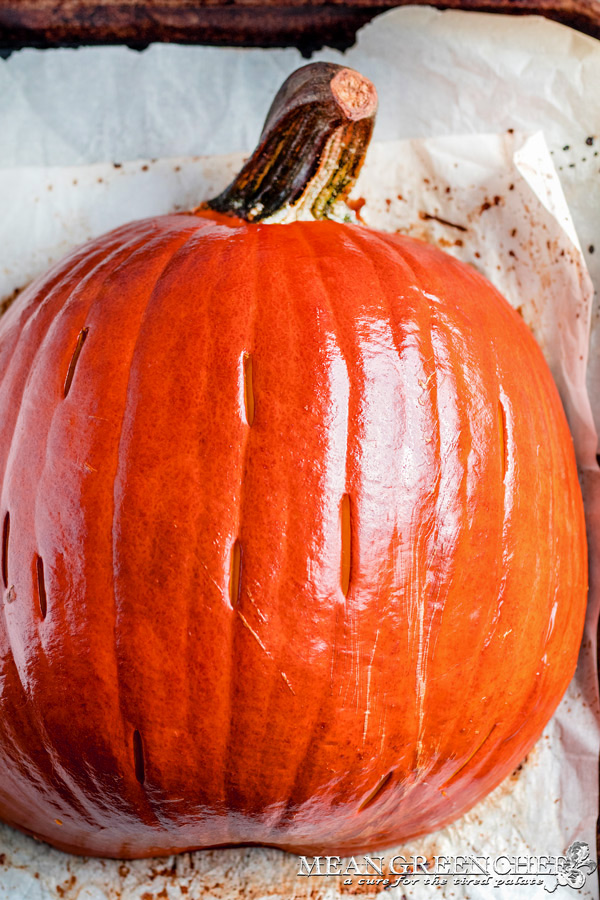
Roasted Pumpkin Puree
Equipment
- sheet pan
- parchment paper
- food processor, food mill, or blender
Ingredients
- 1 6 pound sugar pumpkin, halved + pulp + seeds removed
- 1 Tablespoon Extra Virgin Olive Oil, optional
- Kosher salt, coarse ground (also optional)
Instructions
- Preheat the oven 400°F/204°C. Line a baking sheet with parchment paper and set aside.

- Scrub the pumpkin to remove any loose dirt and debris and pat dry. Using a super sharp knife slice the pumpkin in half.

- Scoop out the seeds and fiber with a large metal spoon or ice cream scoop. Cut the fibers with kitchen shears if necessary. Reserve the seeds for another use.

- Drizzle the flesh with olive oil and coarse Kosher sea salt. Invert, flesh side down on the parchment-lined baking sheets.

- Roast until a paring knife can be easily inserted and removed from the pumpkin, 30 to 45 minutes. Test in several places to ensure doneness.

- Remove sheet pan and cool the pumpkin for 1 hour, then using a large spoon, scrape the roasted pumpkin flesh from the sides of the pumpkin.

- Add to your food processor and blitz until the flesh is smooth, roughly 3 to 4 minutes. Store in an airtight container in the fridge for up to 1 week or the freezer for up to 6 months.

Notes
- Baking time will vary depending on the size of the pumpkin, once a knife eaily pierces the skin and through the flesh easily you can pull it from the oven.
- See above notes in post on types of pumpkins, sugar pumpkins will yield the sweetest meat.
- Store in an airtight container in the fridge up to 1 week and in the freezer up to 6 months.
- To thaw frozen pumpkin puree, place it in the fridge overnight, or put the container of frozen puree in a bowl of cold water for 10-15 minutes.
Creative Recipe Inspiration
Savor the rich and comforting flavors of fall with our Pumpkin Chicken Chili. This hearty and aromatic dish combines tender chunks of chicken with wholesome pumpkin puree, creating a velvety texture and a hint of sweetness.
Indulge in the quintessential flavors of autumn with our Harvest Hearth Pumpkin Pie. This delectable dessert encapsulates the essence of the season, featuring a velvety smooth pumpkin filling infused with a blend of warm spices
Step Into My Kitchen!
Hey there, fellow food enthusiast! Welcome to Mean Green Chef, where every dish tells a story and every recipe is a labor of love. I’m thrilled to share a bit about myself and the journey that led me here, stirring pots and sprinkling spices for over three decades!


Just a quick heads up – you might notice some affiliate links sprinkled throughout our site. If you decide to click on them and make a purchase, rest assured, it won’t cost you extra. Instead, you’ll be helping to support our blog and keep the kitchen fires burning. Thanks a bunch for your support!


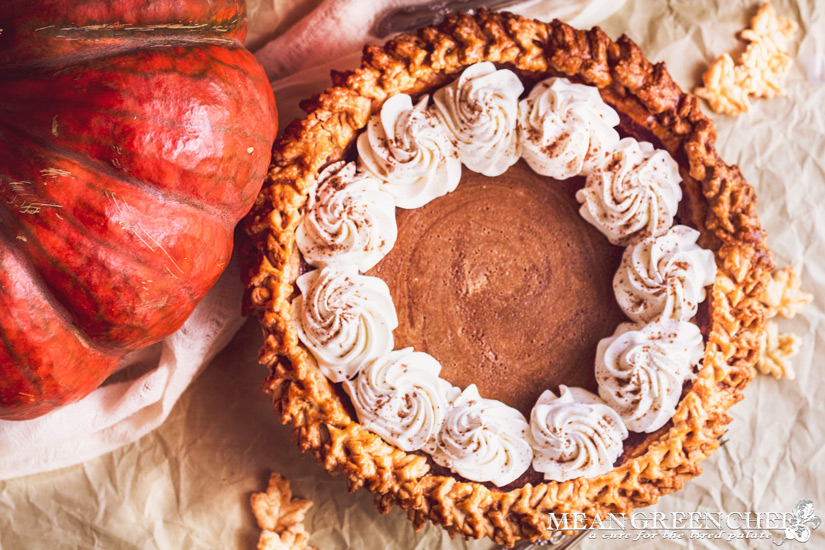









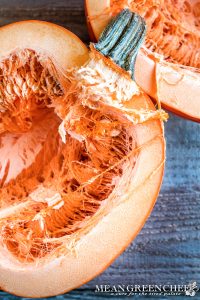
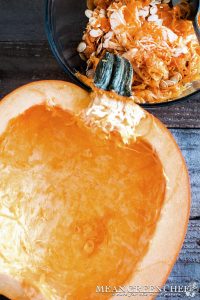
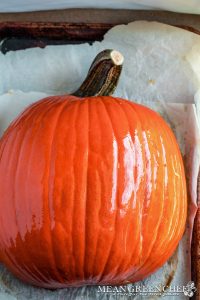
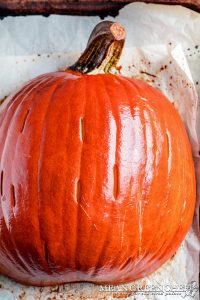
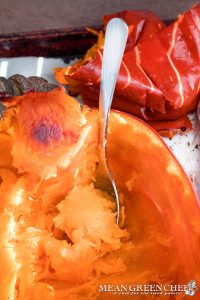






I love pumpkin pie, and I have the perfect recipe, but I’ve never tried roasting my own pumpkin. I can only imagine how much flavor this brings to the pie! Pinned 😀
Roasting your own pumpkin will take the flavor to new levels, Colleen! Thanks so much for the Pin too! 😀
What a fun pumpkin post. And I do plan to make some killer baked goods with my puree, thanks for all the tips.
Great, Beth, fresh pumpkin puree makes all the difference in flavor!